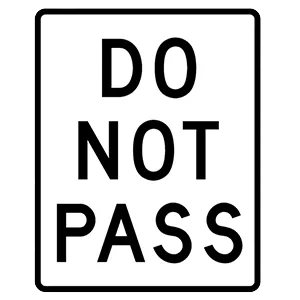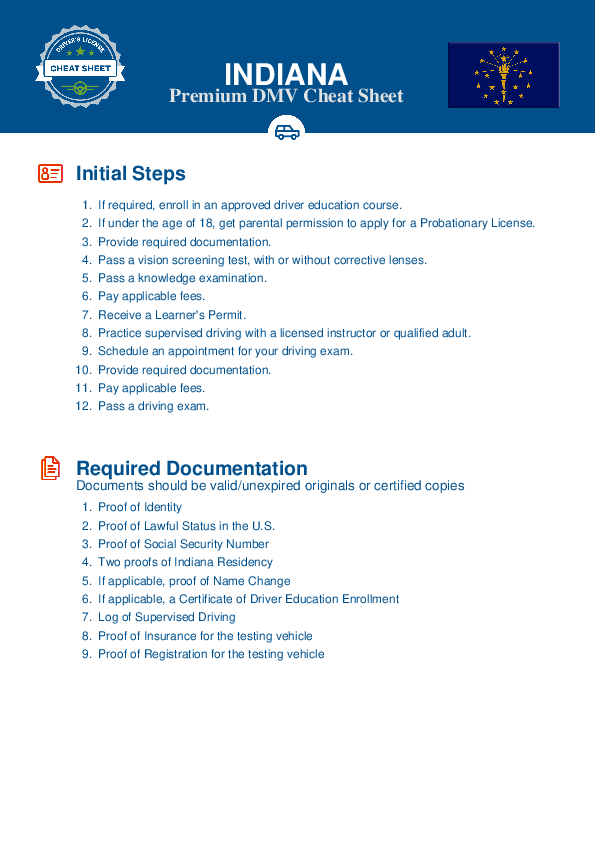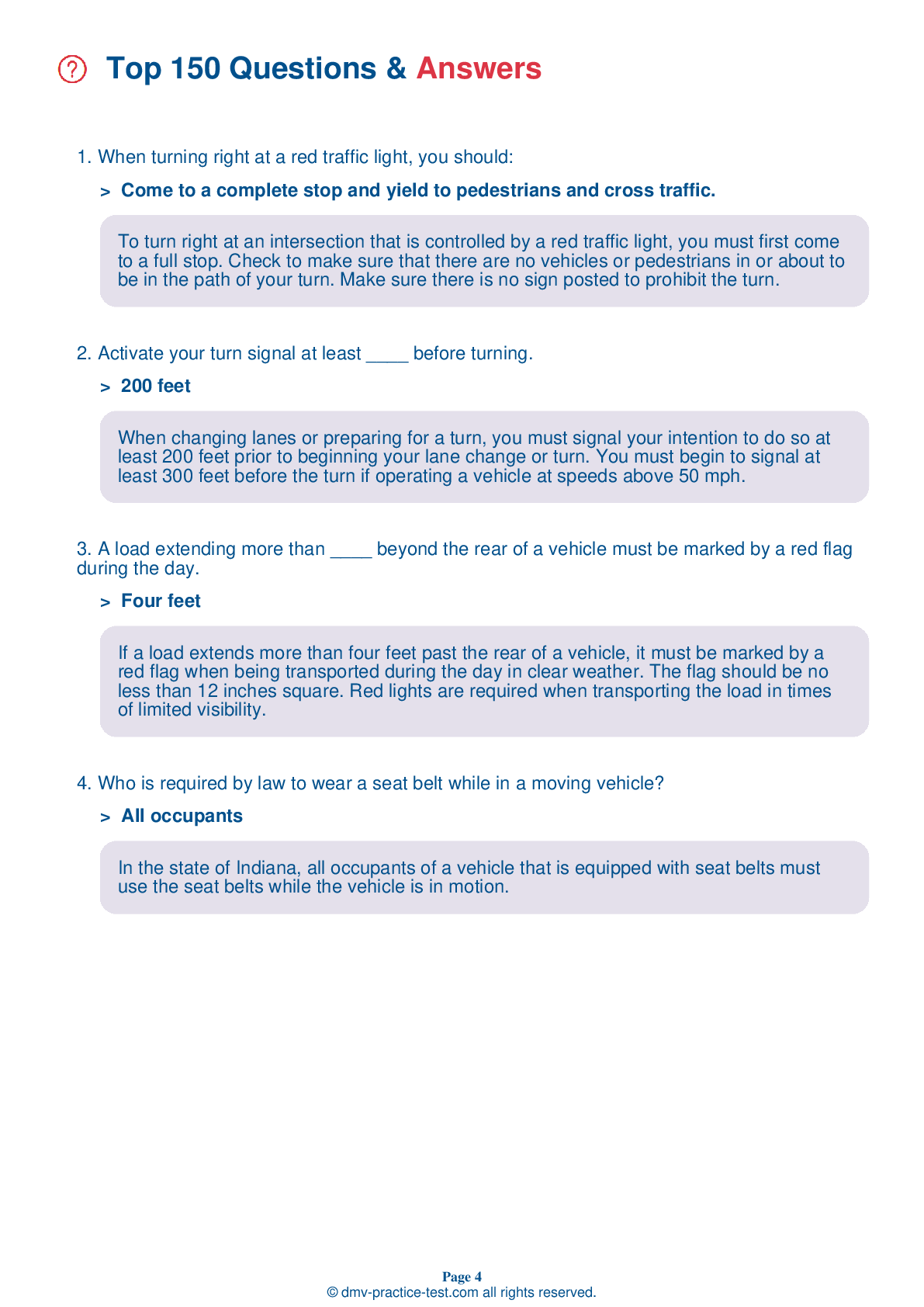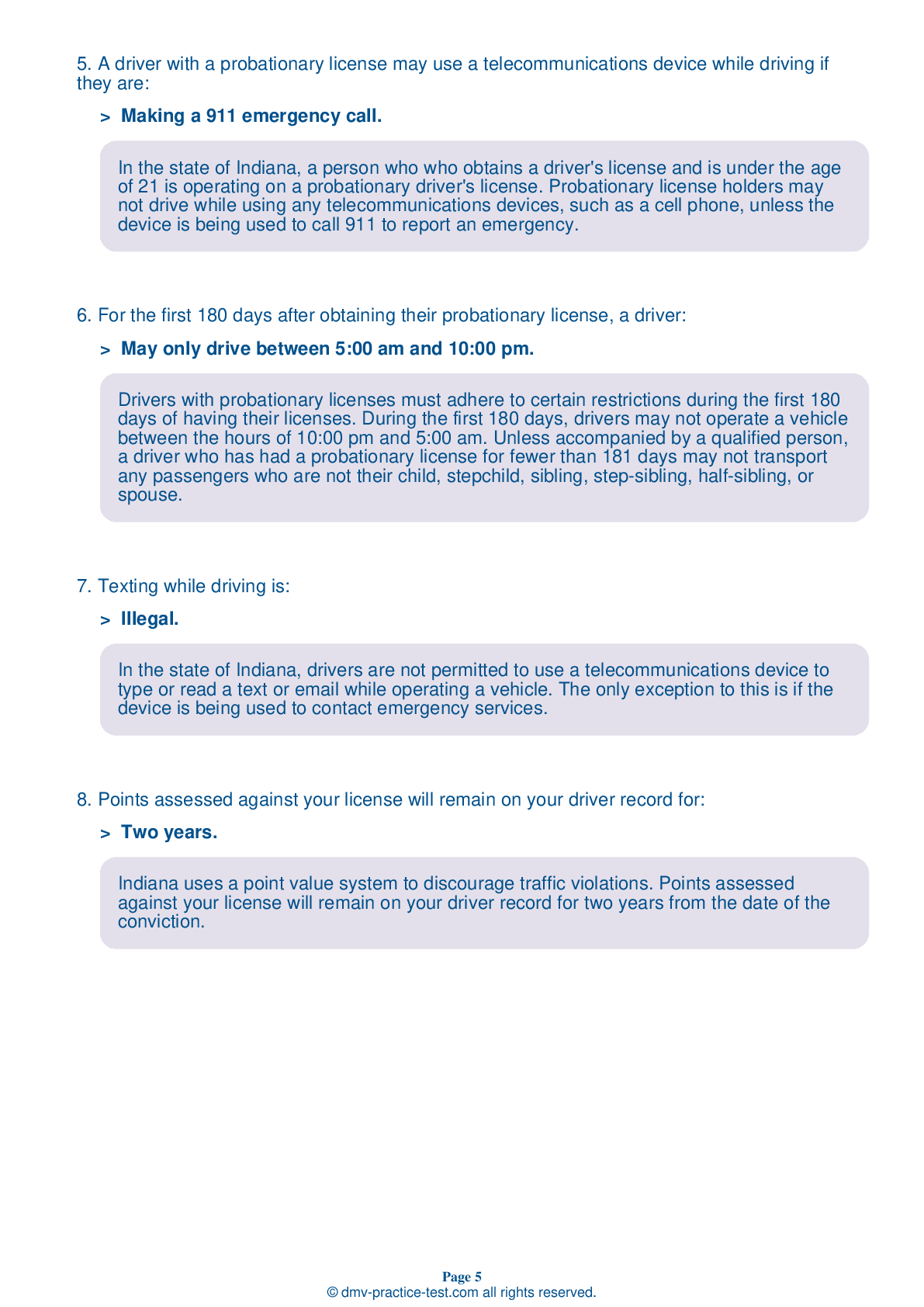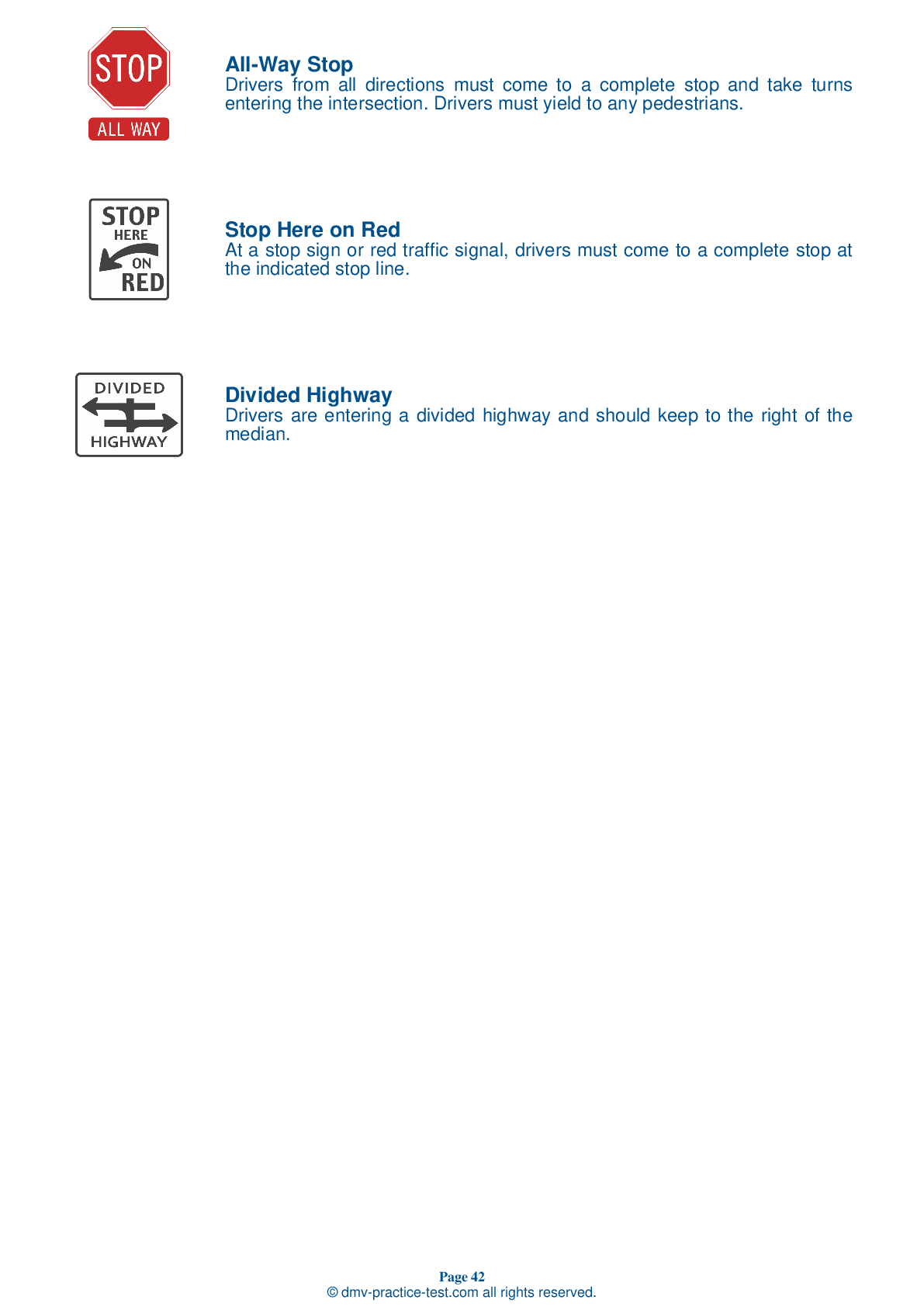FREE Indiana DMV Practice Test #12 Page 3 of 5
This set of Indiana DMV practise tests has been updated for January 2025. It includes questions based on the Indiana Driver Handbook's most significant traffic signals and laws for 2025. Use actual questions that are very similar (often identical!) to the DMV driving permit test and driver's licence exam to study for the DMV driving permit test and driver's licence exam.
On the practise exam, each question gets a tip and explanation to help you remember the concepts. The written component of the official Indiana DMV test will include questions about traffic rules, traffic signs, and driving statutes, as well as information from the Driver Handbook.
To obtain a passing grade, you must correctly answer 44 of the 50 questions. Take our DMV practise exam to help you prepare for your Indiana instruction permit or driver's licence.
The DMV exam is available in several languages.
Using any kind of testing assistance will result in an automatic fail, and the DMV may take additional action against your driver's licence, so stay away from it.
17 . This road sign indicates:
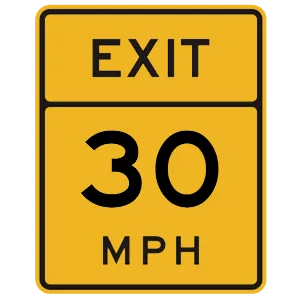
This advisory speed sign indicates the maximum safe speed for a highway exit (in this example, 30 mph).
18 . A red arrow displayed on a traffic light means that:
Unless a posted sign indicates otherwise, a traffic signal displaying a red arrow means that drivers must come to a full stop and remain stopped until a green light or green arrow appears.
19 . The driver's left arm and hand are extended downward. This hand signal means that the driver plans to:

If a driver's left arm and hand are extended downward, they are indicating that they intend to stop. Adjust your driving accordingly if following a driver who is using this hand signal.
20 . What should you do if your vehicle’s right wheels leave the pavement?
If your vehicle’s right wheels leave the pavement, don't panic. Take your foot off the accelerator and steer parallel to the road. Slow down and ease back onto the roadway by keeping both hands on the steering wheel and steering into the road’s right lane with a small turn of the steering wheel. Check for traffic around you before steering back onto the pavement.
21 . This sign means:
.png)
Construction zones pose dangers to both drivers and construction workers. Orange highway construction signs warn drivers to be careful when encountering construction zones. This sign tells drivers that a flagger is ahead and will be giving directions that should be followed.
22 . Alcohol:
Alcohol is a depressant drug that slows the activity of the brain and reduces the skills that you need for safe driving. Drinking alcohol results in slowed reaction time and impaired judgment.
23 . When encountering an aggressive driver, you should:
If another driver is threatening you or intentionally driving dangerously around you, remain calm and try to put as much distance between the two of you as possible. Slow down and let them pass. Do not make eye contact and do not make obscene gestures.
24 . This road sign means:
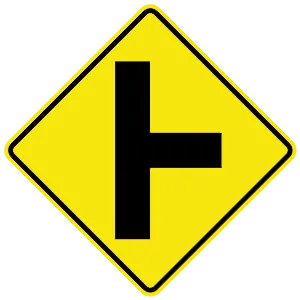
This sign indicates that there is an intersection ahead. A road joins from the right.
25 . Is it legal cross a double solid yellow centerline to pass?
Two solid yellow lines down the center of a two-way road mean that neither lane of traffic may cross the lines, unless they are turning off of the roadway. A driver can cross double yellow lines when turning into or out of a driveway or entrance to a business. No passing is allowed over a solid yellow line.
26 . You must yield for emergency vehicles:
You must yield the right-of-way to any emergency vehicle that is using its siren or flashing lights.
27 . If you see this sign, you:
